Home>diy>Building & Construction>When Is Crystalline Silica Hazardous To Construction Workers
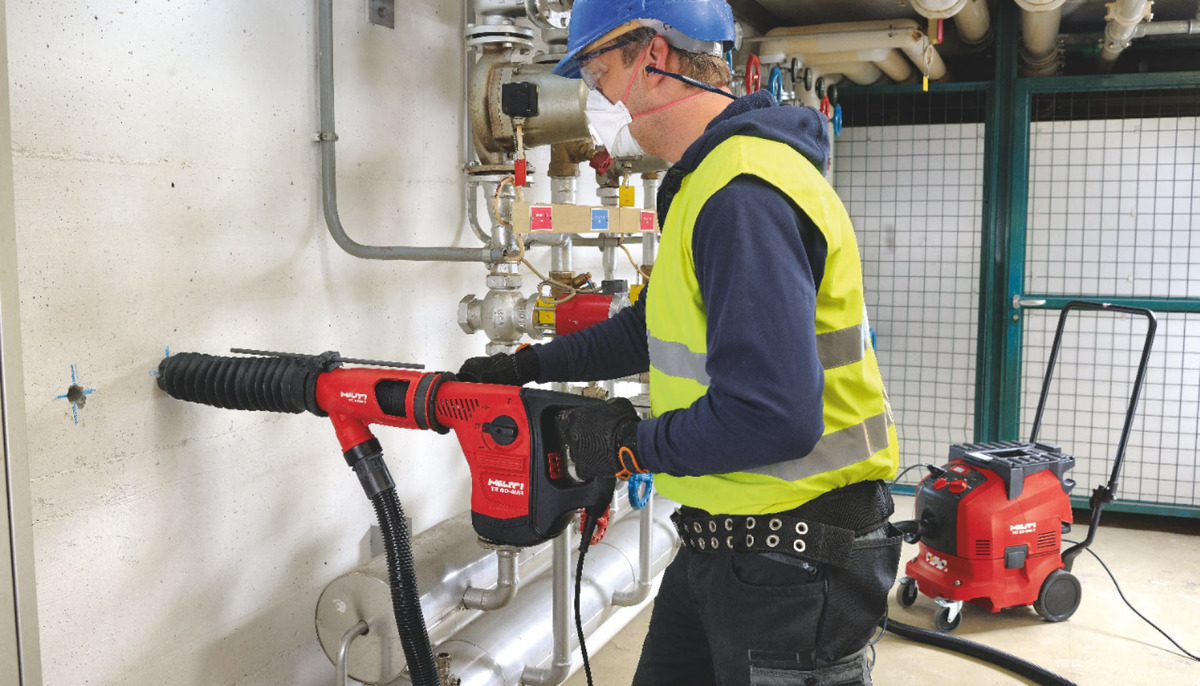

Building & Construction
When Is Crystalline Silica Hazardous To Construction Workers
Modified: December 7, 2023
Learn when crystalline silica poses a risk to construction workers and how to mitigate exposure. Discover the hazards of building construction and protect your team
(Many of the links in this article redirect to a specific reviewed product. Your purchase of these products through affiliate links helps to generate commission for Storables.com, at no extra cost. Learn more)
Introduction
Crystalline silica is a common mineral found in various construction materials, such as sand, concrete, brick, and stone. While it may seem harmless, the improper handling and exposure to crystalline silica can pose serious health risks to construction workers. Understanding the hazards associated with crystalline silica and implementing proper safety measures is essential in ensuring the well-being of construction workers.
Crystalline silica is made up of tiny particles that can easily become airborne during construction activities, such as cutting, grinding, drilling, and blasting. When inhaled, these particles can penetrate deep into the lungs, causing respiratory issues and potentially leading to severe health conditions like silicosis, lung cancer, and chronic obstructive pulmonary disease (COPD).
The Occupational Safety and Health Administration (OSHA) has set standards and regulations to protect workers from exposure to crystalline silica. These guidelines outline permissible exposure limits (PELs) and require employers to implement control measures to minimize workers’ exposure to this hazardous substance.
This article aims to provide a comprehensive overview of crystalline silica exposure in the construction industry and discuss the health risks associated with it. Additionally, it will explore the OSHA standards for crystalline silica, strategies for assessing and monitoring exposure, and control measures to mitigate the risks.
By raising awareness about crystalline silica and the importance of implementing safety protocols, we can ensure the well-being of construction workers and promote a safer working environment. Let’s dive deeper into the world of crystalline silica and its impact on construction workers’ health.
Key Takeaways:
- Crystalline silica exposure in construction poses severe health risks, including silicosis and lung cancer. Employers must implement engineering controls, work practices, and PPE to protect workers and ensure compliance with safety regulations.
- Training and education are crucial in preventing crystalline silica exposure. Workers need hazard awareness, regulatory knowledge, and proper use of PPE to create a safe work environment. Regular refresher training and evaluation of control measures are essential for sustaining a culture of safety.
Definition of Crystalline Silica
Crystalline silica, also known as silicon dioxide, is a naturally occurring mineral commonly found in rocks, sand, and soil. It is a key component in many construction materials, such as concrete, mortar, brick, and stone. Crystalline silica exists in different forms, including quartz, cristobalite, and tridymite, with quartz being the most abundant and widely encountered in construction.
When materials containing crystalline silica are manipulated, such as through cutting, drilling, sanding, or grinding, fine dust particles are generated. These particles can become airborne and enter the respiratory system, posing a significant health hazard to those who are exposed.
It’s important to note that not all forms of silica are hazardous. Amorphous silica, found in materials like glass and non-crystalline silica gels, does not pose the same risks as crystalline silica. It’s the crystalline form of silica that is of concern due to its potential to cause respiratory issues and other health problems.
Crystalline silica particles are incredibly tiny, often smaller than the size of a grain of sand. This size allows them to easily penetrate deep into the lungs, where they can become lodged and cause damage over time. Occupational exposure to crystalline silica has been linked to long-term health conditions, including silicosis, lung cancer, and respiratory diseases like chronic bronchitis and COPD.
To protect construction workers from the harmful effects of crystalline silica, it is crucial to understand its sources, assess exposure levels, and implement appropriate control measures. By doing so, we can ensure the safety and well-being of workers in the construction industry.
Sources of Crystalline Silica Exposure in Construction
Construction workers may be exposed to crystalline silica through various activities and materials commonly found on construction sites. Understanding these sources of exposure is essential in implementing effective control measures to protect workers’ health. Here are some common sources of crystalline silica exposure in the construction industry:
- Cutting, Grinding, and Drilling: Construction tasks that involve cutting, grinding, and drilling into materials such as concrete, brick, stone, and mortar can release significant amounts of crystalline silica dust into the air. Power tools, such as angle grinders, saws, and jackhammers, are frequently used in these activities, increasing the risk of exposure if proper precautions are not taken.
- Masonry and Tuckpointing: Workers involved in masonry and tuckpointing tasks are particularly susceptible to crystalline silica exposure. These tasks often require working with mortar, bricks, and blocks containing silica, which can release dust when disturbed during laying, repair, or demolition.
- Sandblasting and Abrasive Blasting: Sandblasting and abrasive blasting are commonly used in construction for surface preparation and cleaning. The process of propelling abrasive materials, such as silica sand, against a surface can generate large amounts of hazardous silica dust if not properly controlled.
- Excavation and Quarrying: Construction activities that involve excavation and quarrying can disturb naturally occurring silica-containing materials, like sand and rock formations. This can release crystalline silica dust into the air, exposing workers in the vicinity.
- Concrete Mixing and Cutting: Construction workers involved in mixing and cutting concrete are exposed to crystalline silica dust. The ingredients of concrete, such as sand, gravel, cement, and additives, can all contribute to silica exposure if adequate precautions are not taken during these tasks.
- Demolition and Renovation: Demolition and renovation projects often involve the breaking, cutting, and removal of materials that contain crystalline silica, such as concrete structures, tiles, and bricks. Without proper dust control measures, workers can be exposed to hazardous levels of silica dust.
These are just a few examples of the numerous activities and materials that can lead to crystalline silica exposure in the construction industry. It is essential for employers and workers to be aware of these sources and take appropriate measures to minimize exposure through engineering controls, work practices, and personal protective equipment.
Health Risks Associated with Crystalline Silica Exposure
Exposure to crystalline silica can have serious health consequences for construction workers. Inhalation of silica dust can lead to various respiratory illnesses and long-term health conditions. Understanding the health risks associated with crystalline silica exposure is pivotal for implementing effective preventive measures and protecting the well-being of workers. Here are some of the primary health risks:
- Silicosis: Prolonged exposure to high levels of crystalline silica dust can cause silicosis, a progressive and incurable lung disease. Silicosis occurs when the tiny silica particles are inhaled and deposited deep within the lungs, resulting in inflammation and scarring of lung tissue. Symptoms of silicosis include persistent coughing, shortness of breath, fatigue, and chest pain. Severe cases can lead to respiratory failure and death.
- Lung Cancer: Long-term exposure to crystalline silica has been linked to an increased risk of lung cancer. The International Agency for Research on Cancer (IARC) has classified crystalline silica as a known human carcinogen. Construction workers who are regularly exposed to silica dust are at higher risk of developing lung cancer, especially if they also smoke tobacco.
- Chronic Obstructive Pulmonary Disease (COPD): Exposure to crystalline silica can contribute to the development or worsening of chronic obstructive pulmonary disease (COPD). COPD is a chronic respiratory condition characterized by a progressive reduction in airflow, making breathing difficult. Symptoms include coughing, wheezing, shortness of breath, and recurrent respiratory infections.
- Tuberculosis (TB): Workers with silicosis are at a greater risk of developing tuberculosis (TB) due to the weakened lung function and impaired ability to fight infections. Silica-induced TB can be more severe and difficult to treat compared to TB in individuals without silicosis.
- Kidney Disease: Prolonged exposure to crystalline silica dust has also been associated with an increased risk of developing kidney disease. Silica particles can accumulate in the kidneys and cause damage, leading to decreased kidney function over time.
It is crucial to note that these health risks are not immediate effects of crystalline silica exposure but may develop over years of working in an environment where exposure occurs. However, even short-term exposure to high levels of silica dust can cause respiratory irritation, coughing, and difficulty breathing.
Recognizing the health risks associated with crystalline silica exposure emphasizes the importance of implementing proper control measures to reduce exposure levels. This includes the use of engineering controls, personal protective equipment (PPE), ventilation systems, and regular monitoring to ensure that workers are not exposed to hazardous levels of silica dust.
Occupational Safety and Health Administration (OSHA) Standards for Crystalline Silica
The Occupational Safety and Health Administration (OSHA) has established standards and regulations to protect workers from the hazards of crystalline silica exposure in the workplace. These standards outline permissible exposure limits (PELs) and require employers to implement control measures to minimize workers’ exposure. Let’s take a closer look at the key OSHA standards for crystalline silica:
- Permissible Exposure Limits (PELs): OSHA has set two standards for crystalline silica exposure. The first applies to general industry, maritime, and construction, with a PEL of 50 micrograms of silica dust per cubic meter of air (50 μg/m³) averaged over an 8-hour work shift. The second standard applies specifically to the construction industry for tasks where employees are exposed above the action level or the engineering controls cannot reduce exposure below the PEL. In these circumstances, employers are required to comply with additional requirements, such as conducting initial exposure assessments and implementing specific control measures.
- Written Exposure Control Plan (ECP): Employers are required to develop and implement a written exposure control plan that outlines the protective measures in place to minimize silica dust exposure. This plan should include a description of tasks that may result in exposure, engineering controls, work practices, respiratory protection measures, and medical surveillance programs, among other requirements.
- Engineering Controls: Employers must prioritize the use of engineering controls to reduce employees’ exposure to crystalline silica dust. This involves implementing measures such as substitution of materials, enclosed systems, and dust suppression techniques to minimize the generation and release of silica dust into the air. Engineering controls should be employed whenever feasible, and personal protective equipment (PPE) should only be used as a secondary measure.
- Respiratory Protection: In situations where engineering controls cannot reduce exposure levels below the PEL, employers must provide appropriate respiratory protection to their workers. The selection of respirators should consider the specific tasks, exposure levels, and the respiratory hazards present. OSHA provides guidance on the proper use, maintenance, and fitting of respirators to ensure worker safety.
- Housekeeping: OSHA’s standards for crystalline silica emphasize the importance of maintaining clean worksites. Employers must implement effective housekeeping measures to minimize the accumulation of silica dust and ensure its proper removal. Methods like wet sweeping, vacuuming with HEPA filters, and using HEPA-filtered or enclosed cleaning systems should be employed to avoid the resuspension of silica dust during cleaning activities.
It is essential for employers to familiarize themselves with the OSHA standards for crystalline silica and comply with the requirements laid out in these regulations. By adhering to these standards, employers can create safer working environments and protect the health and well-being of their employees.
Read more: What Are The Hazards In Construction
Threshold Limit Values for Crystalline Silica Exposure
In addition to the Occupational Safety and Health Administration (OSHA) standards, other organizations have established threshold limit values (TLVs) for crystalline silica exposure. These TLVs provide guidance on acceptable levels of exposure and serve as benchmarks for evaluating exposure in the workplace. Let’s explore the TLVs set by prominent organizations:
- American Conference of Governmental Industrial Hygienists (ACGIH): The ACGIH has established a TLV for respirable crystalline silica of 0.025 mg/m³ as a time-weighted average (TWA) exposure limit. This value is based on an 8-hour workday and a 40-hour workweek. The ACGIH also sets a short-term exposure limit (STEL) of 0.05 mg/m³, which should not be exceeded during any 15-minute period.
- National Institute for Occupational Safety and Health (NIOSH): NIOSH has recommended a recommended exposure limit (REL) for respirable crystalline silica of 0.05 mg/m³ as a TWA over an 8-hour workday. NIOSH also emphasizes the use of engineering controls and proper respiratory protection to minimize exposure to silica dust.
- International Agency for Research on Cancer (IARC): The IARC has classified crystalline silica as Group 1, meaning it is classified as a known human carcinogen. This classification reinforces the need for stringent control measures and raises awareness about the potential health risks associated with crystalline silica exposure.
It’s important to note that while OSHA standards are legally enforceable, TLVs set by organizations like ACGIH and NIOSH serve as guidelines and best practices for industry professionals. Employers should strive to meet or exceed these recommended limits to ensure the safety and well-being of their workers.
Understanding the TLVs for crystalline silica exposure allows employers and safety professionals to assess and monitor exposure levels in the workplace. Regular monitoring, through air sampling and analysis, can help evaluate the effectiveness of control measures in place and identify areas that need improvement. By maintaining exposure levels below these established limits, employers can significantly reduce the risk of health issues among workers.
Differentiating between Safe and Unsafe Levels of Crystalline Silica
Determining whether levels of crystalline silica exposure are safe or unsafe requires an understanding of the established permissible exposure limits (PELs) and threshold limit values (TLVs). These limits serve as benchmarks for assessing and managing exposure levels in the workplace. Let’s examine how to differentiate between safe and unsafe levels of crystalline silica:
Permissible Exposure Limits (PELs): The Occupational Safety and Health Administration (OSHA) has set a PEL for crystalline silica exposure at 50 micrograms of silica dust per cubic meter of air (50 μg/m³) averaged over an 8-hour work shift. This value applies to general industry, maritime, and construction. Exposure levels below this PEL are considered safe, while exposure levels exceeding the PEL are deemed unsafe and require immediate action to reduce exposure.
Threshold Limit Values (TLVs): TLVs are established by organizations such as the American Conference of Governmental Industrial Hygienists (ACGIH) and the National Institute for Occupational Safety and Health (NIOSH). These TLVs provide additional guidance on acceptable exposure levels to crystalline silica. For respirable crystalline silica, ACGIH recommends a TLV of 0.025 mg/m³ as a time-weighted average (TWA) over an 8-hour workday. NIOSH recommends a recommended exposure limit (REL) of 0.05 mg/m³ as a TWA. Levels below these TLVs are generally considered safe, while levels exceeding them indicate a higher risk of adverse health effects.
It’s important to note that simply comparing measured exposure levels to these limits may not paint the full picture. Exposure assessment and monitoring should be conducted using proper sampling techniques and equipment by qualified professionals. These assessments help identify areas or tasks with excessively high exposure levels, allowing for targeted interventions to reduce exposure.
It is also important to recognize that exposure to any level of crystalline silica dust carries some risk. While the established limits aim to minimize health risks, employers should continually strive to reduce exposure levels as much as reasonably achievable through the use of effective engineering controls, work practices, and proper personal protective equipment (PPE).
Additionally, it’s crucial to consider that different tasks and work environments may present varying levels of exposure. Employers and workers should be diligent in identifying high-risk activities and implementing appropriate control measures. Regular monitoring and reassessment of exposure levels are essential to ensure ongoing safety and compliance.
By being aware of the established PELs and TLVs, employers can make informed decisions to protect their workers and maintain a safe working environment. Implementing effective control measures and conducting regular monitoring will aid in mitigating crystalline silica exposure and minimizing associated health risks.
Always use proper respiratory protection when working with crystalline silica to prevent inhalation of fine particles. Wet methods and ventilation can also help reduce exposure.
Factors Affecting Crystalline Silica Dust Generation
Crystalline silica dust is generated during various construction activities and can pose a significant health risk to workers if proper precautions are not taken. Understanding the factors that contribute to crystalline silica dust generation is crucial in implementing effective control measures. Let’s explore some of the key factors that can influence the generation of crystalline silica dust:
- Type of Material: The composition of the materials being worked with can significantly affect the amount of crystalline silica dust generated. Materials such as concrete, brick, stone, and sand typically contain high levels of silica. Tasks involving these materials, such as cutting, grinding, or crushing, can result in significant dust generation.
- Task Method: The method used to perform a construction task can impact dust generation. For example, using dry methods, such as dry cutting or dry grinding, can increase the amount of dust released into the air compared to wet methods, where water is used to suppress dust. Proper work practices, including the use of wet methods, can help minimize dust generation.
- Machine Type and Operation: The type and condition of machinery and equipment utilized can affect dust generation. Machines that have poor dust collection systems or are not maintained properly may produce excessive dust. Proper maintenance, regular cleaning, and the use of equipment with effective dust collection systems can help reduce dust levels.
- Tool and Abrasive Selection: The choice of tools and abrasives can impact dust generation. Using tools with inadequate dust controls or inappropriate abrasive materials can result in increased dust generation. Selecting tools equipped with dust collection systems and using appropriate abrasives that generate less dust, such as low-silica sand substitutes, can help minimize dust production.
- Worksite Conditions: Environmental factors, such as ventilation and air movement, can influence dust dispersal and accumulation. Poor ventilation or the presence of stagnant air can allow dust to accumulate, increasing the risk of worker exposure. Adequate ventilation and air circulation in the work area are essential in controlling dust levels.
- Worker Actions: The actions and behaviors of workers can contribute to dust generation. For instance, improper handling of materials, aggressive tool usage, and failure to follow proper work practices can all lead to increased dust release. Proper training and education of workers on safe work practices and the importance of dust control measures are crucial in minimizing dust generation.
It is important for employers to assess these factors and implement appropriate control measures to minimize crystalline silica dust generation. Engineering controls, such as local exhaust ventilation and dust collection systems, should be used to capture and control dust at the source. Additionally, work practices, such as wet methods and proper tool usage, should be implemented to further reduce dust generation.
Regular maintenance and inspection of equipment, along with frequent cleaning of work areas, help ensure optimal dust control. Proper personal protective equipment (PPE) should also be provided to workers as an additional layer of defense against dust exposure.
By considering and addressing these factors, employers can effectively manage and mitigate crystalline silica dust generation, promoting a safer working environment for construction workers.
Common Construction Tasks with Potential Silica Exposure
Crystalline silica exposure can occur during a variety of construction tasks where materials containing silica are disturbed. It is important to identify these tasks to implement appropriate control measures and protect workers from potential health risks. Here are some common construction tasks that can lead to silica exposure:
- Cutting and Grinding: Using power tools like saws, grinders, and drills on materials such as concrete, brick, stone, or mortar can generate significant amounts of silica dust. These tasks are particularly high-risk and require proper dust control measures to minimize exposure.
- Drilling and Boring: Drilling or boring into materials like concrete or masonry can release silica dust. This is especially the case when using percussion drills or rotary hammers without effective dust control mechanisms.
- Chipping and Demolition: Breaking or chipping away concrete or masonry structures, such as walls, floors, or pavements, can create silica dust. This task is commonly performed during renovation or demolition projects and necessitates proper dust control practices and personal protective equipment (PPE).
- Sanding and Grinding: Sanding and grinding surfaces, particularly those made of concrete or stone, can generate substantial amounts of silica dust. These tasks are frequently conducted during surface preparation, refinishing, or repair work and require effective dust suppression methods.
- Tuckpointing and Masonry: Tuckpointing involves repairing or replacing mortar joints in masonry structures, such as brick walls. This task involves removing old mortar, which can release silica dust. Implementing engineering controls and using safe work practices, such as wet methods and keeping the work area well-ventilated, is crucial for reducing silica exposure.
- Mixing and Handling Silica-Containing Materials: Activities involving the mixing, pouring, and handling of silica-containing materials like concrete, mortar, or grout can release silica dust. These tasks can occur during various construction activities and require dust control measures to minimize exposure.
- Abrasive Blasting and Sandblasting: Abrasive blasting or sandblasting surfaces to remove paint, rust, or coatings can produce high levels of silica dust if appropriate control measures are not in place. Using alternative abrasives and proper containment systems can help reduce dust exposure.
- Excavation and Quarrying: Digging, excavating, or quarrying activities can disturb silica-containing materials in the soil or rock, leading to airborne silica dust. Proper dust control measures and ventilation should be implemented to limit exposure during these tasks.
These are just a few examples of construction tasks where workers may be at risk of silica exposure. Any process that involves manipulating or disturbing materials containing crystalline silica has the potential to generate hazardous dust. Employers and workers should be aware of these tasks and take appropriate measures, including using engineering controls, work practices, and personal protective equipment, to minimize silica dust exposure.
Read more: What Is A Construction Worker Called
Assessing and Monitoring Crystalline Silica Exposure in Construction
Assessing and monitoring crystalline silica exposure is crucial in identifying potential hazards and implementing effective control measures to protect construction workers. By regularly assessing exposure levels, employers can ensure that workers are not exceeding the established safety limits. Here are some key steps involved in assessing and monitoring crystalline silica exposure in construction:
- Exposure Assessment: The first step is to conduct an exposure assessment to determine the potential risks associated with crystalline silica exposure. This involves identifying tasks and areas where exposure is likely to occur. Detailed observations, interviews, and review of work practices can aid in assessing the potential sources and levels of exposure.
- Air Sampling and Analysis: To accurately measure crystalline silica dust levels, air sampling is necessary. Air samples are collected using approved sampling methods and equipment, such as personal sampling pumps and filters. These samples are then analyzed by a certified laboratory to quantify the amount of silica dust present. This data helps in assessing compliance with permissible exposure limits (PELs) and threshold limit values (TLVs).
- Sampling Strategy: The sampling strategy should consider various factors, such as the type of tasks performed, work shifts, and worker locations. Combining personal and area sampling can provide a comprehensive understanding of the silica exposure levels. It is important to sample during different work conditions and periodically to account for variations in exposure levels.
- Data Interpretation: Once the air sampling data is obtained, it should be interpreted to assess the level of risk. Comparing the results with the regulatory limits, such as the OSHA PEL or TLVs, helps determine if further control measures are required. Data analysis can also help identify high-risk activities, assess the effectiveness of current control measures, and guide the selection of appropriate mitigation strategies.
- Recordkeeping: Accurate recordkeeping is essential for documenting exposure assessment and monitoring results. This includes maintaining a record of sampling details, data analysis, corrective actions taken, and any additional preventive measures implemented. Good recordkeeping ensures the availability of historical exposure data and aids in demonstrating compliance with regulatory requirements.
- Regular Review and Reassessment: The process of assessing and monitoring crystalline silica exposure should be an ongoing effort. It is important to periodically review and reassess exposure levels, control measures, and work practices to ensure sustained protection. Changes in tasks, materials, or work conditions may necessitate updates to control measures and exposure assessment strategies.
Engaging qualified occupational health professionals or industrial hygienists can greatly assist in conducting exposure assessments and monitoring crystalline silica exposure. They have the expertise and knowledge to design sampling strategies, analyze data, and recommend appropriate control measures based on the assessment results.
By actively assessing and monitoring crystalline silica exposure, employers can identify potential hazards and implement effective control measures to protect construction workers’ health and maintain compliance with safety regulations.
Control Measures for Reducing Crystalline Silica Exposure
Implementing control measures is essential in minimizing crystalline silica exposure and protecting the health and safety of construction workers. These measures are designed to reduce the generation and spread of silica dust, as well as to limit workers’ inhalation of the hazardous particles. Here are some key control measures that can help reduce crystalline silica exposure in the construction industry:
- Engineering Controls: Engineering controls involve modifying the work environment or equipment to minimize silica dust generation and dispersion. Some effective engineering control measures include:
- Utilizing machinery with built-in dust collection systems or local exhaust ventilation to capture dust at the source.
- Using enclosed systems or containment structures to isolate and control dust-generating processes.
- Implementing water suppression methods to wet surfaces or materials to reduce dust generation during cutting, grinding, or drilling activities.
- Installing effective dust collection systems, such as high-efficiency particulate air (HEPA) filters, on tools and equipment to capture and remove dust.
- Work Practices: Implementing proper work practices can significantly reduce crystalline silica exposure. Some recommended practices include:
- Using wet methods, whenever feasible, to control dust generation by applying water to the work surface or using tools with integrated water systems.
- Minimizing dry sweeping and using methods that minimize dust dispersal, such as wet sweeping or vacuuming with HEPA filters.
- Ensuring proper materials handling and storage to prevent unnecessary dust generation.
- Establishing designated work areas with controlled access to limit the exposure of unauthorized individuals.
- Implementing rotational work practices or job rotation to reduce prolonged exposure to silica dust.
- Personal Protective Equipment (PPE): While engineering controls and work practices are prioritized for reducing silica exposure, PPE plays an important role in providing additional protection to workers. Some examples of PPE for crystalline silica exposure include:
- N95 respirators or higher-level respirators fitted with particulate filters to prevent inhalation of silica dust.
- Protective eyewear to prevent eye exposure to dust.
- Protective clothing to minimize skin contact and contamination.
- Gloves and footwear to prevent dust transfer to other body parts or outside work areas.
- Hearing protection, if necessary, in noisy work environments where the use of engineering controls may generate noise.
- Training and Education: Proper training and education are essential for raising awareness and ensuring that workers understand the hazards associated with crystalline silica and how to protect themselves. Training should cover topics such as:
- Risks and health effects associated with exposure to crystalline silica.
- Correct use of control measures, equipment, and PPE.
- Safe work practices and procedures to minimize dust generation and exposure.
- Proper hygiene practices, such as handwashing and personal decontamination, to prevent silica dust ingestion or secondary exposure.
- Regular Evaluation and Improvement: Employers should establish a process for regular evaluation and improvement of control measures. This involves conducting frequent inspections, monitoring exposure levels, and seeking feedback from workers to identify areas for improvement. As technology advances and new control methods become available, employers should stay informed and update control measures accordingly.
Implementing a comprehensive approach that combines engineering controls, work practices, PPE, and ongoing training is essential to effectively reduce crystalline silica exposure. By prioritizing these control measures, employers can create safer work environments and protect the health of construction workers.
Personal Protective Equipment (PPE) for Silica Protection
Personal Protective Equipment (PPE) plays a vital role in safeguarding workers from crystalline silica exposure in construction. While engineering controls and work practices are the primary means of reducing exposure, PPE provides an additional layer of protection. Here are some key types of PPE commonly used for silica protection:
- Respiratory Protection: Respiratory protection is essential for preventing inhalation of silica dust. NIOSH-approved respirators should be selected based on the anticipated level of exposure. The most frequently used type of respirator for silica protection is the N95 respirator, which filters out at least 95% of airborne particles. However, in high-exposure situations, a higher-level respirator with a better filtration efficiency may be necessary.
- Eye and Face Protection: Silica dust can cause eye irritation and damage, so eye and face protection are crucial. Safety glasses or goggles with side shields should be worn to shield the eyes from dust particles. In tasks with a high risk of dust generation, such as grinding or sandblasting, a full-face respirator or a powered air-purifying respirator (PAPR) with a face shield may be necessary to provide complete protection.
- Skin Protection: Although the primary route of silica exposure is through inhalation, skin contact with silica dust can occur. To prevent skin irritation and potential absorption of silica particles, workers should wear appropriate protective clothing, such as long-sleeved shirts, long pants, and gloves that are resistant to dust penetration.
- Hearing Protection: Some engineering control measures, such as dust collection systems, can generate noise. In situations where noise levels exceed applicable limits, hearing protection, such as earmuffs or earplugs, should be provided to protect workers’ hearing. It is important to choose hearing protection devices that do not interfere with the proper fit and function of respiratory protection.
- Foot Protection: In construction environments where silica dust is present, workers should wear appropriate footwear, such as safety boots or shoes, to protect against any potential contact with contaminated surfaces and to prevent dust transfer outside the work area. Boots with non-porous materials and appropriate sole tread can help prevent dust penetration and improve grip on slippery surfaces.
It is important for employers to select PPE based on a thorough assessment of the workplace conditions, exposure levels, and task requirements. The selected PPE should comply with relevant safety standards and match the specific needs of the workers. Employers should provide training on the proper use, maintenance, and limitations of PPE to ensure workers understand how to use it effectively.
It is essential to note that PPE should never be the sole form of protection. It is a supplementary measure that should be used in conjunction with engineering controls and work practices to minimize exposure to crystalline silica. Regular assessment of the effectiveness of control measures and continued improvement is crucial in creating a safe and healthy work environment.
By providing appropriate PPE and ensuring its proper use, employers can enhance the protection of workers from the hazards of crystalline silica exposure. Workers, in turn, should actively cooperate by correctly wearing and maintaining their PPE to maximize their own safety and well-being.
Training and Education for Construction Workers
Training and education are essential components of a comprehensive approach to protecting construction workers from the hazards of crystalline silica exposure. By providing workers with the necessary knowledge and skills, employers can promote a culture of safety and ensure that workers understand the risks associated with silica and how to mitigate them. Here are key aspects to consider in training and educating construction workers:
- Hazard Awareness: Workers should receive training on the hazards of crystalline silica exposure, including the potential health risks associated with inhaling silica dust. By understanding the dangers, workers can be more proactive in adopting protective measures and recognizing situations where exposure may occur.
- Regulatory Requirements: Workers should be educated on the applicable regulations and standards related to crystalline silica exposure, such as the Occupational Safety and Health Administration (OSHA) standards or exposure limits set by relevant organizations. This knowledge helps workers understand their rights, responsibilities, and the importance of compliance.
- Safe Work Practices and Procedures: Training should cover proper work practices and procedures for tasks that may generate crystalline silica dust. This includes using engineering controls, such as implementing water suppression or local exhaust ventilation, and practicing appropriate containment and cleanup methods. Workers should also learn how to use and maintain equipment correctly to minimize dust generation.
- Proper Use of Personal Protective Equipment (PPE): Workers need to be trained on the proper use, care, and limitations of PPE for silica protection. This includes instruction on how to correctly don and doff respiratory protection, ensure a proper fit, and perform user seal checks. Additionally, training should cover the selection and use of other necessary PPE, such as eye protection, gloves, and protective clothing.
- Dust Control Measures: Workers should understand the importance of implementing and maintaining effective dust control measures on construction sites. This includes proper use of wet methods, dust collection systems, and work area ventilation. Training should emphasize the benefits of these control measures in minimizing dust generation and exposure.
- Emergency Response and First Aid: Workers should receive training on appropriate emergency response procedures in the event of an exposure incident or health-related emergency. This includes knowledge of how to promptly report incidents, seek medical attention, and administer basic first aid if necessary.
- Regular Refresher Training: Crystalline silica training should not be a one-time event. Refresher training should be conducted periodically to reinforce knowledge, update workers on any changes in regulations or control measures, and address any emerging concerns or best practices.
When delivering training, it is essential to use clear and concise language, visual aids, demonstrations, and interactive sessions to engage workers. Including real-life examples, case studies, and hands-on practice can enhance participants’ understanding and retention of information.
Training should be provided to all workers potentially exposed to crystalline silica, including new hires, contractors, and subcontractors. It is also important to establish a mechanism for workers to ask questions, seek clarification, and report concerns regarding silica-related hazards.
Training and education are integral to promoting a safety culture within the construction industry. By investing in the knowledge and skills of workers, employers can create safer work environments and empower workers to actively participate in safeguarding their health and well-being.
Read more: How To Be A Construction Worker
Conclusion
Crystalline silica exposure poses significant health risks to construction workers. Inhalation of silica dust can lead to severe respiratory issues, including silicosis, lung cancer, and chronic obstructive pulmonary disease (COPD). It is crucial for employers and workers in the construction industry to understand the hazards associated with crystalline silica and implement effective control measures to minimize exposure and protect the health and safety of workers.
By adhering to the Occupational Safety and Health Administration (OSHA) standards and other threshold limit values (TLVs) set by reputable organizations like the American Conference of Governmental Industrial Hygienists (ACGIH) and the National Institute for Occupational Safety and Health (NIOSH), employers can establish safe exposure levels. Implementing engineering controls, such as dust suppression systems, local exhaust ventilation, and enclosed systems, is key to reducing silica dust generation. Proper work practices, including wet methods, good housekeeping, and the use of appropriate tools and abrasives, further contribute to minimizing exposure.
Personal protective equipment (PPE) adds an additional layer of protection for workers in situations where engineering controls and work practices may not eliminate exposure completely. Respiratory protection, eye and face protection, skin protection, hearing protection, and foot protection should be provided and used correctly to enhance safety.
Training and education are fundamental in preventing crystalline silica exposure. By raising hazard awareness, educating workers on regulatory requirements, promoting safe work practices, and ensuring the proper use of PPE, employers can empower workers to actively participate in creating a safe work environment. Regular refresher training and ongoing evaluation of control measures are essential for sustaining a culture of safety.
In conclusion, the effective management of crystalline silica exposure in construction requires a holistic approach that integrates engineering controls, work practices, proper use of PPE, training, and ongoing monitoring. By implementing robust control measures and fostering a culture of safety, employers can prioritize the well-being and health of their construction workers, mitigating the risks associated with crystalline silica exposure and ensuring a safer working environment for all.
Frequently Asked Questions about When Is Crystalline Silica Hazardous To Construction Workers
Was this page helpful?
At Storables.com, we guarantee accurate and reliable information. Our content, validated by Expert Board Contributors, is crafted following stringent Editorial Policies. We're committed to providing you with well-researched, expert-backed insights for all your informational needs.
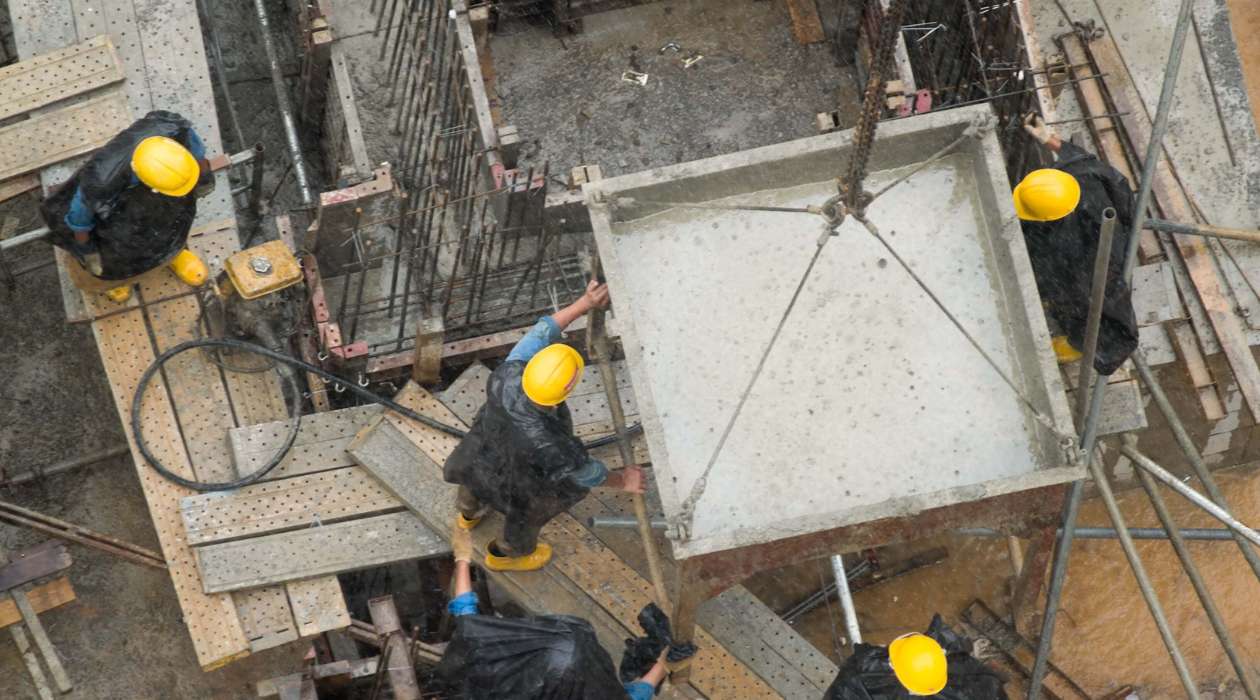
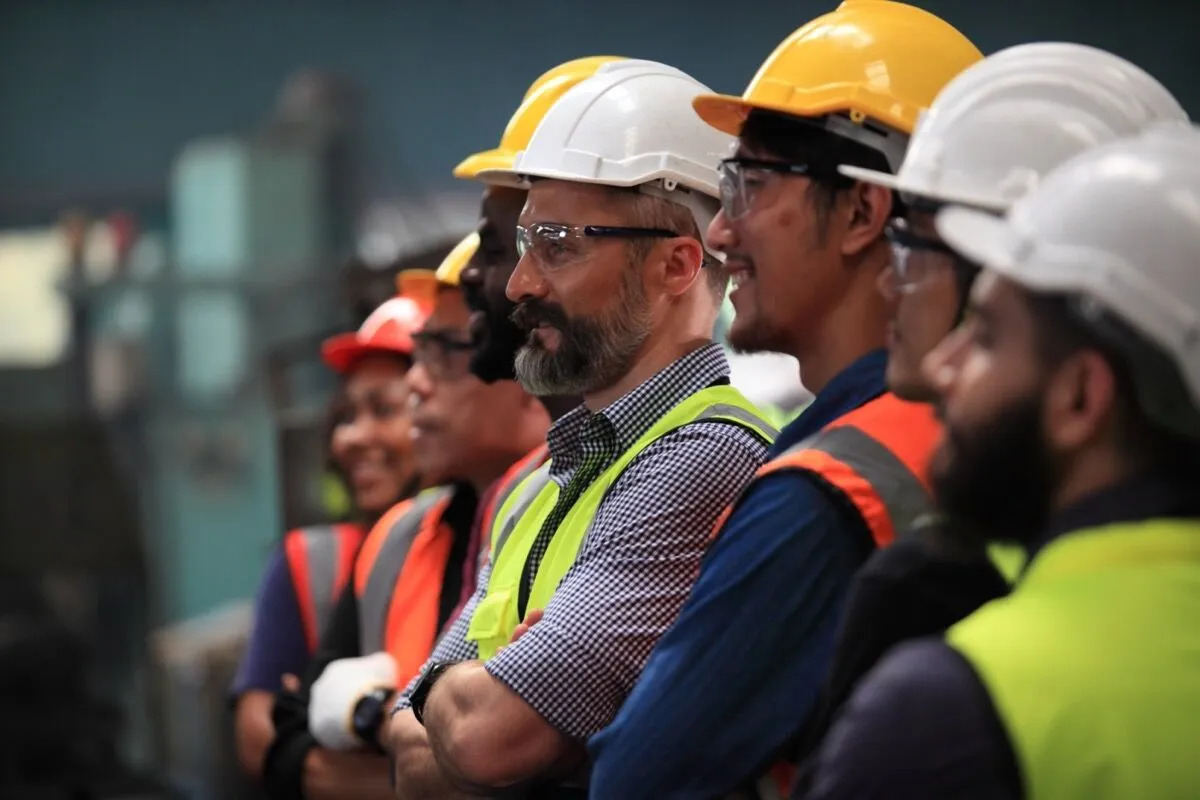
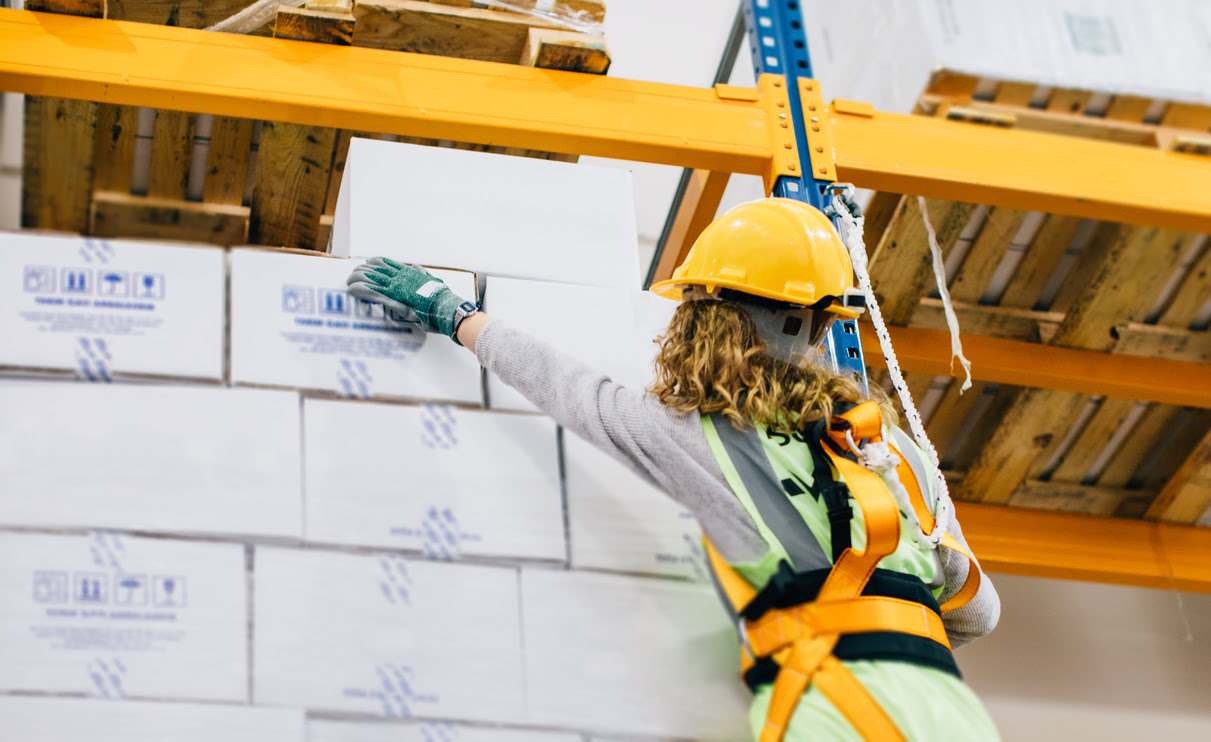
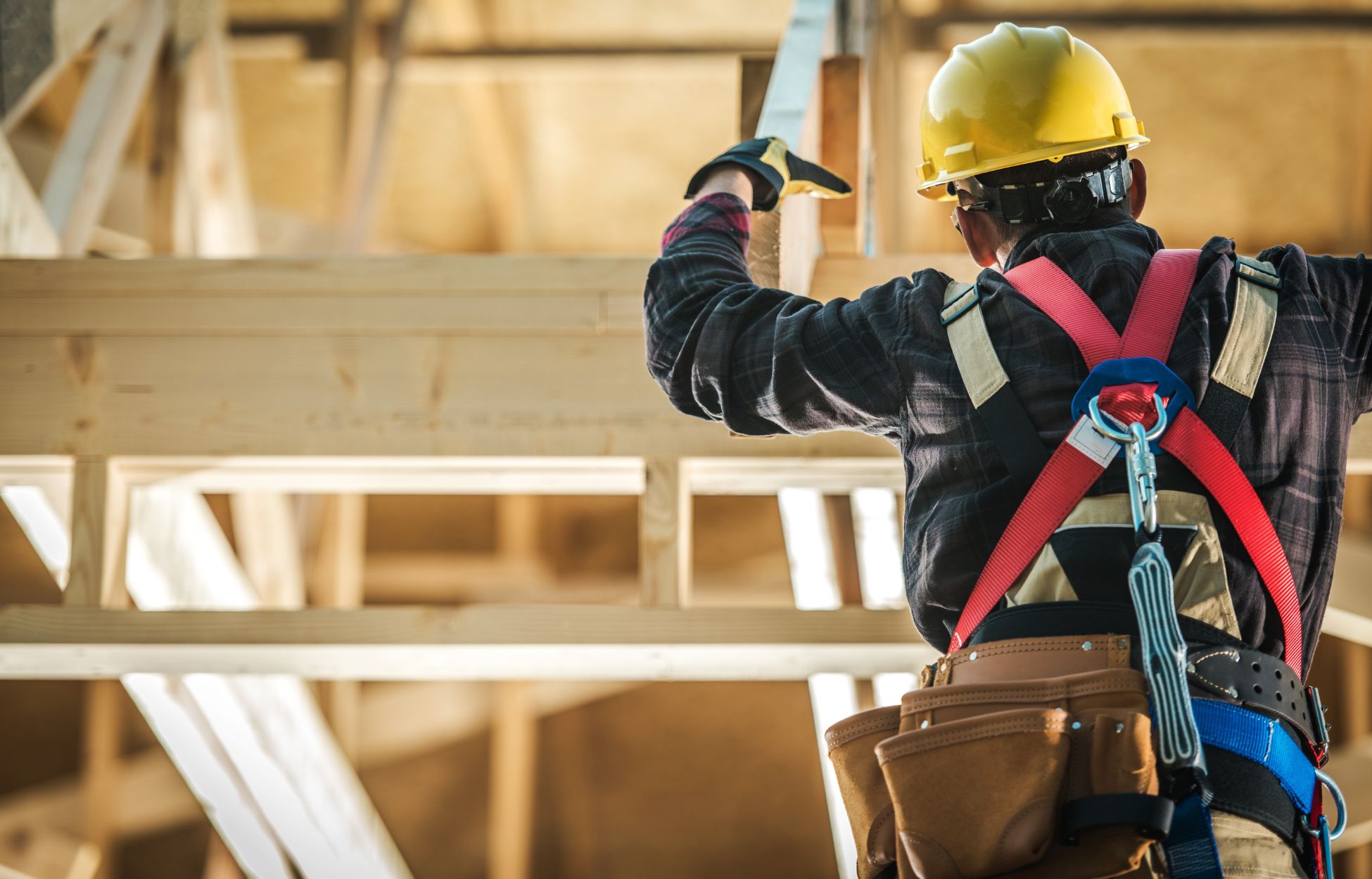


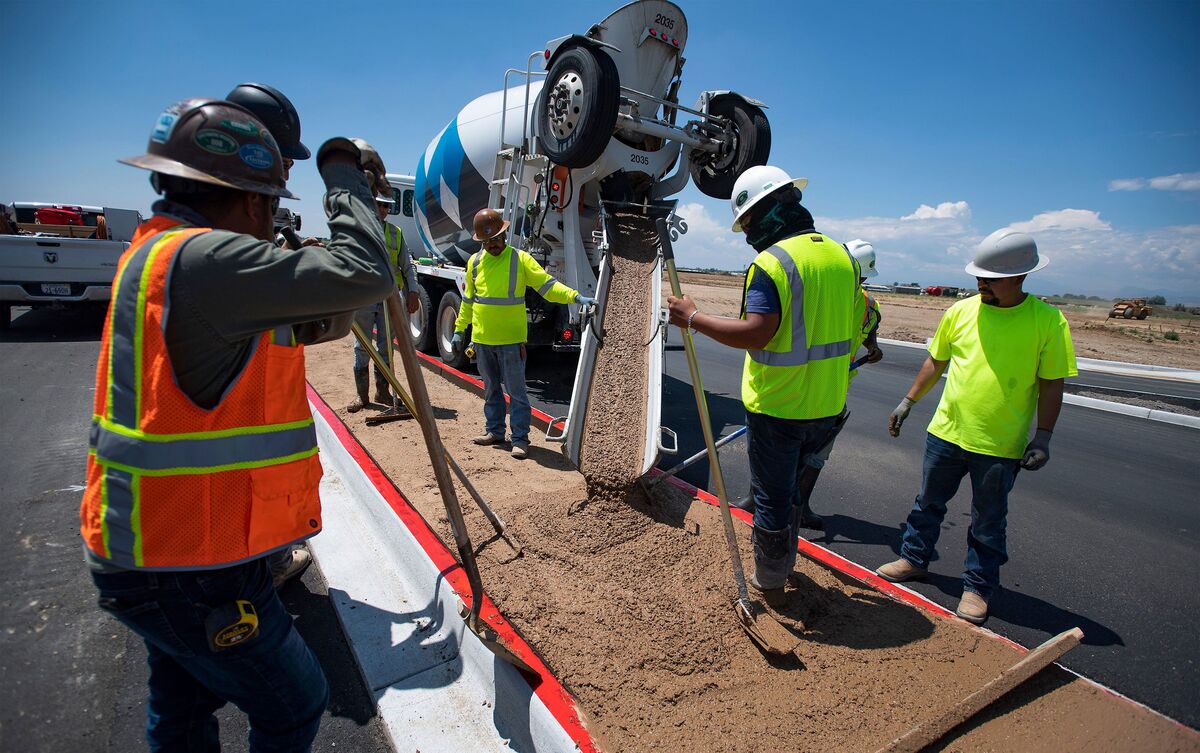

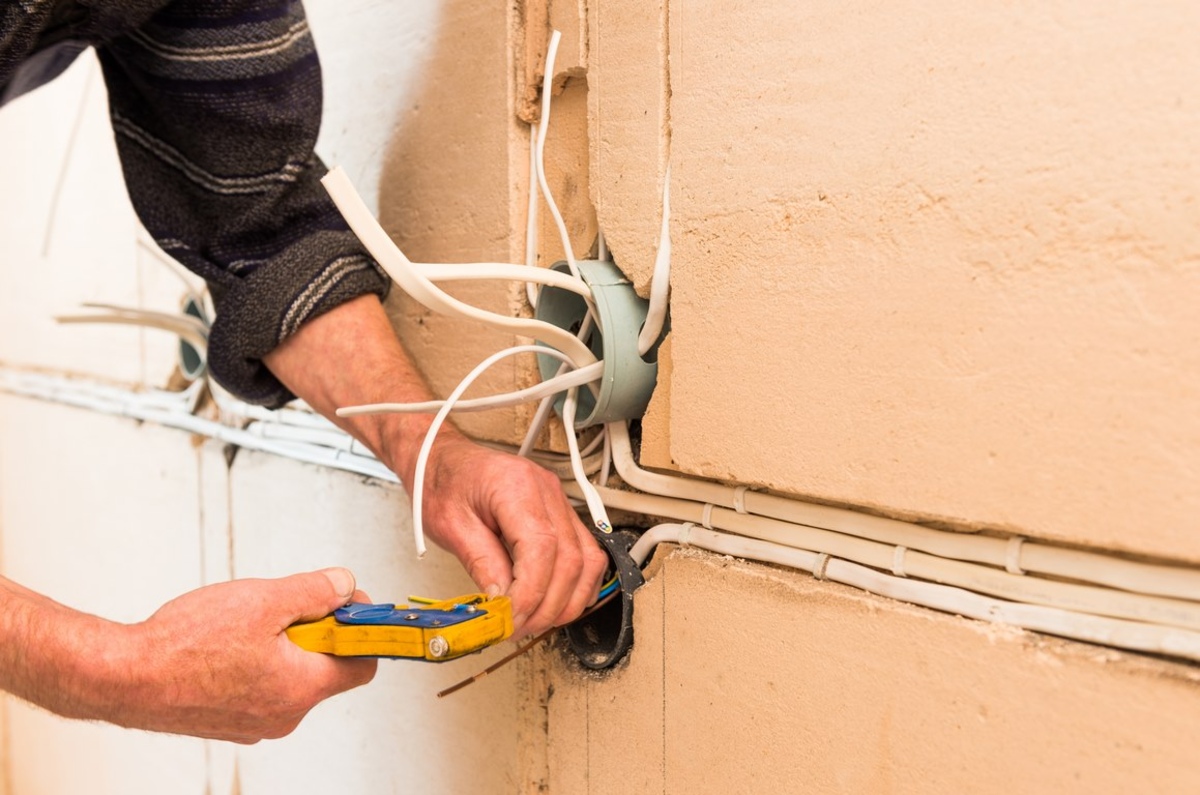

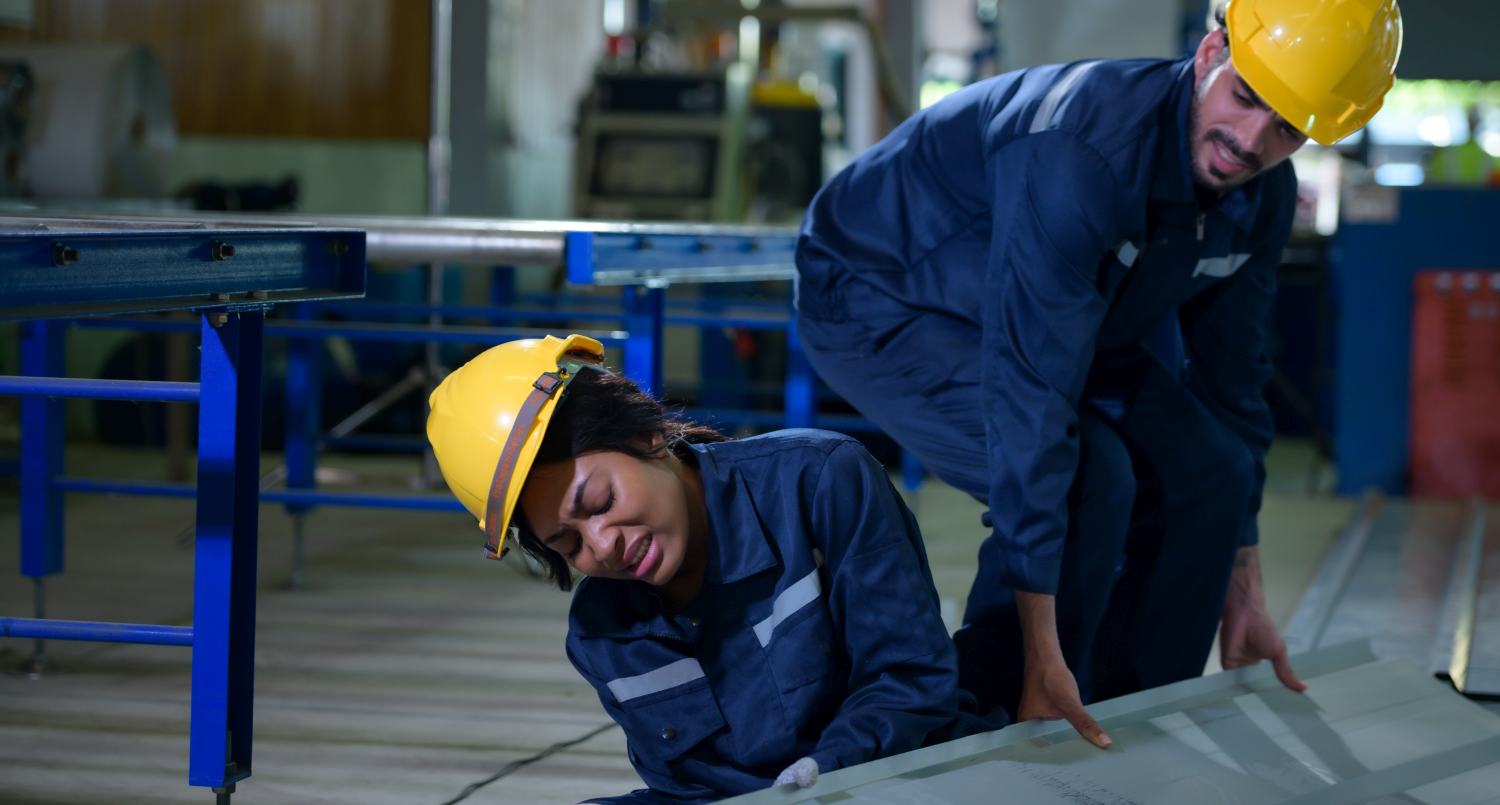


0 thoughts on “When Is Crystalline Silica Hazardous To Construction Workers”